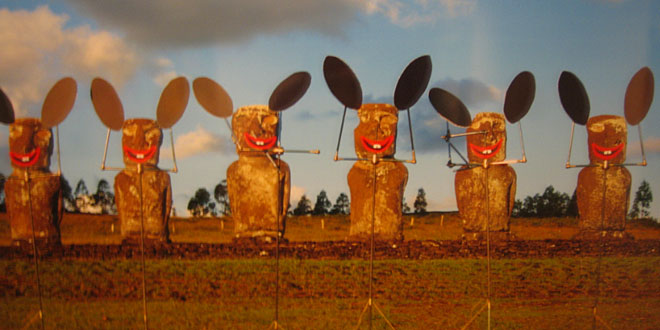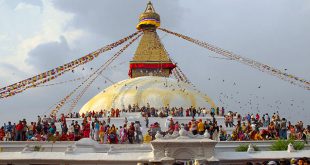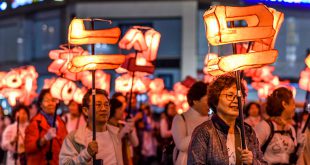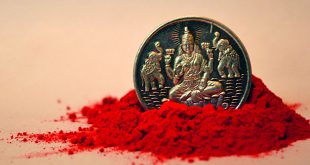Easter Celebration In Denmark
Writing Teaser Letters:
‘Gækkebreve’ or teaser letter is a unique Easter tradition of Denmark. The letter is written in the form of short poems or rhymes. Teaser letters are usually anonymous, but signed with a number of dots corresponding to the number of letters in the sender’s name, so that the recipient can make a calculated guess about the sender. Sometimes, the letter is also called ‘guessing letter’. The gækkebreve can be decorated with a snowdrop, which is regarded as the first flower of the year. If the receiver cannot guess the sender’s identity within a certain time, the receiver will have to give an Easter egg to the sender. Usually, children keenly participate in writing teaser verses for their loved ones.
Easter in Denmark: Traditional Danish Feast
The traditional Danish Easter lunch, which is eaten with family and friends, is served with herrings and other kinds of fish, little hot dishes, sliced meats and cheese. The traditional Danish feast is considered incomplete without relishing on the enticing akvavit (flavored spirit), meatballs and ‘store kolde bord’. Families put emphasis on table decoration pieces, such as daffodils and yellow and purple napkins.
 Kids Portal For Parents India Kids Network
Kids Portal For Parents India Kids Network







